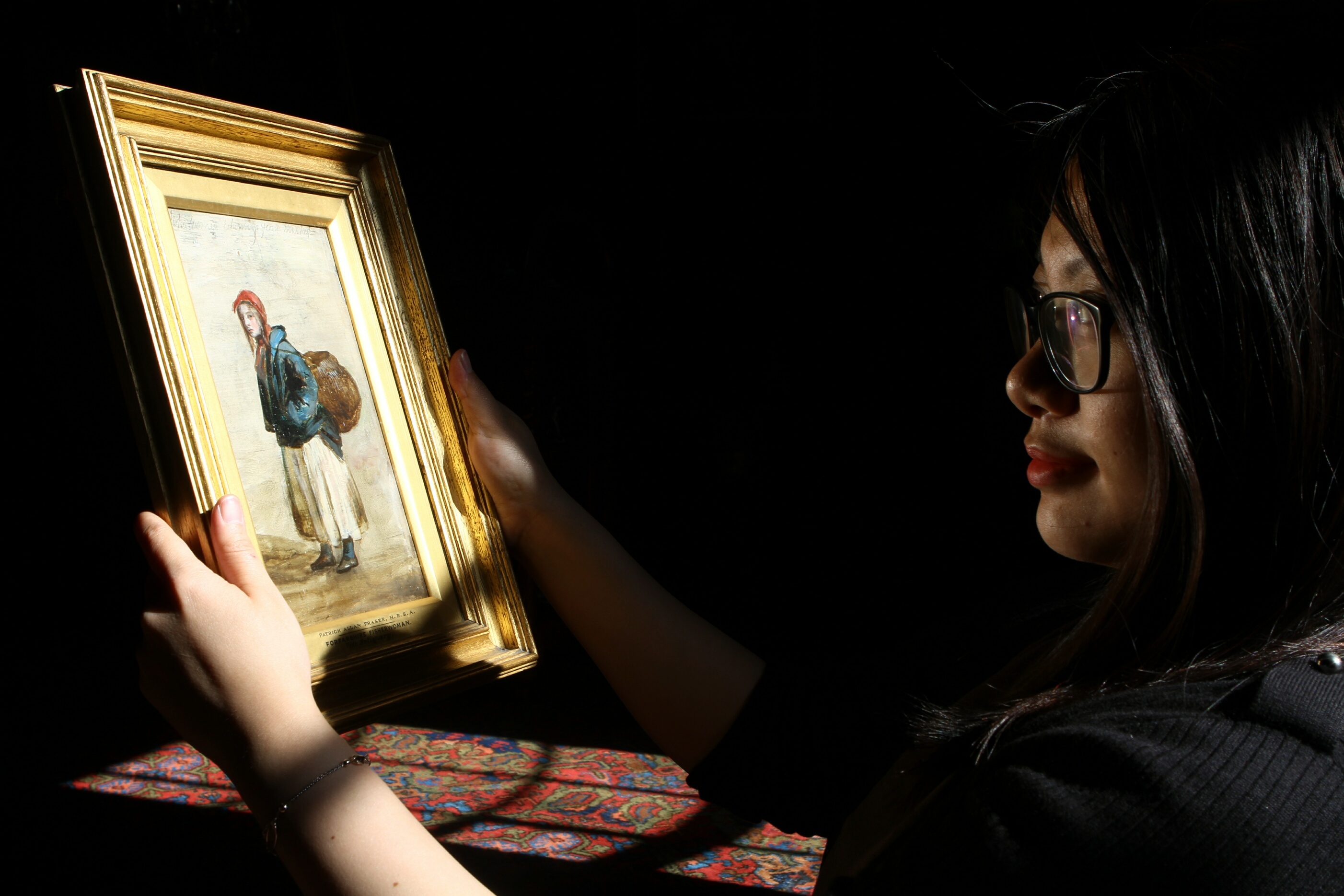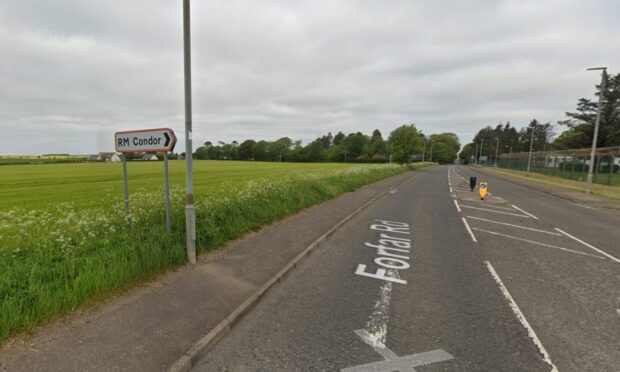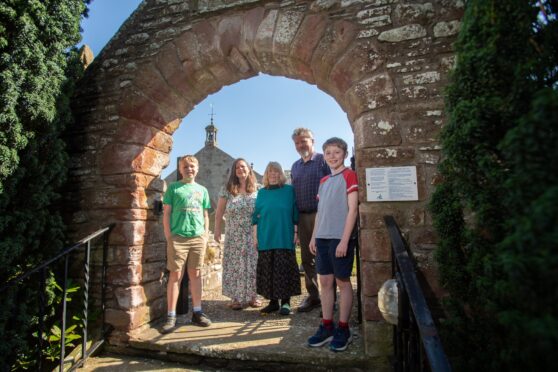The Tayside inspiration behind a celebrated Scottish novel is to be marked by a first of its kind exhibition.
Famed 19th Century author Sir Walter Scott wrote his “gothic” masterpiece The Antiquary after he was struck by the beauty of an Arbroath house and its surroundings.
The third book in his wildly popular Waverley series, that century’s equivalent of the Harry Potter novels, is now 200 years old and Hospitalfield House is marking its connection to the work with a number of firsts.
Scott based the novel’s key location, Monkbarns, on the former monks’ house after several visits to the area.
An open weekend, entitled The Dancing Stones, will let visitors appreciate his influences on September 2 to 4.
The exhibition will include the first public airing of Patrick Allan Fraser’s series of paintings based on the novel since 1840, commissioned by Edinburgh firm Cadell.
After the work was finished, Allan Fraser and his wife Elizabeth remained in Arbroath and developed Hospitalfield between 1843 and 1890, leaving the estate in trust to support education in art.
Programme manager Laura Simpson said: “We are very pleased to be presenting the first ever exhibition of the Antiquary painting series made by Patrick Allan Fraser on his return to Arbroath around 1840, after being educated as an artist and traveling and living in Paris and London.
“The paintings show the buildings and coastline of Arbroath, illustrating key locations of the novel like the cliffs and jail, as well as picturing some of the characters like Steenie Mucklebackit.
“The care taken by Allan Fraser in making this large body of work shows how committed he was by the subject matter.
“We don’t know the details of how Patrick Allan, as he was then known, and his soon to be wife Elizabeth Fraser met but undoubtedly The Antiquary had a hand in bringing the together.
“It was their partnership which created the fantastic house, collections and legacy to support living artists that is in evidence still today, over a hundred years later, and can be enjoyed by the audiences to our Autumn Season open weekend.”
Glasgow artist James Rigler has been commissioned to sculpt work for the house and grounds on an Antiquary theme, and his work will also be unveiled alongside a “meet your maker” talk on Friday.
An evening event will include readings from the novel in the arts and crafts rooms, kicking off a weekend of workshops, viewings, tours, talks and a poetry reading.
Visit www.hospitalfield.org.uk for more information on times and how to book places.
An excerpt from The Antiquary, chapter three:
“Secluded from the town by the rising ground … the house had a solitary and sheltered appearance. It was an irregular old-fashioned building, some part of which had belonged to a grange … inhabited by the bailiff of the monastery, when the place was in possession of the monks. It was here that the community stored up the grain … and hence, as the present proprietor loved to tell, came the name of Monkbarns.
“To the remains of the bailiff’s house, the succeeding lay inhabitants had made various additions in proportion to the accommodation required by their families; and, as this was done with an equal contempt of convenience within and architectural regularity without, the whole bore the appearance of a hamlet which had suddenly sat still when in the act of leading down one of Amphion’s, or Orpheus‘s, country dances.”









